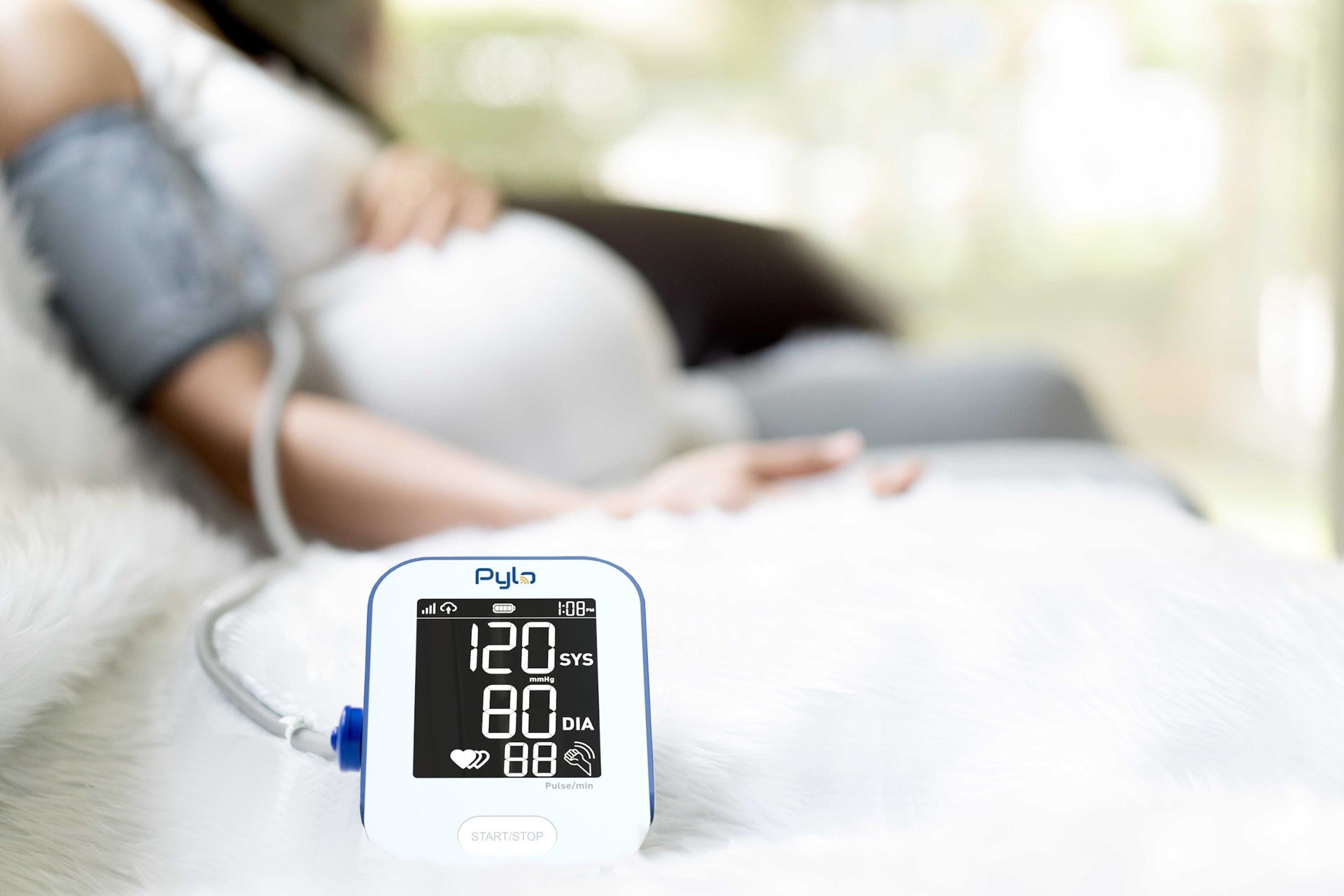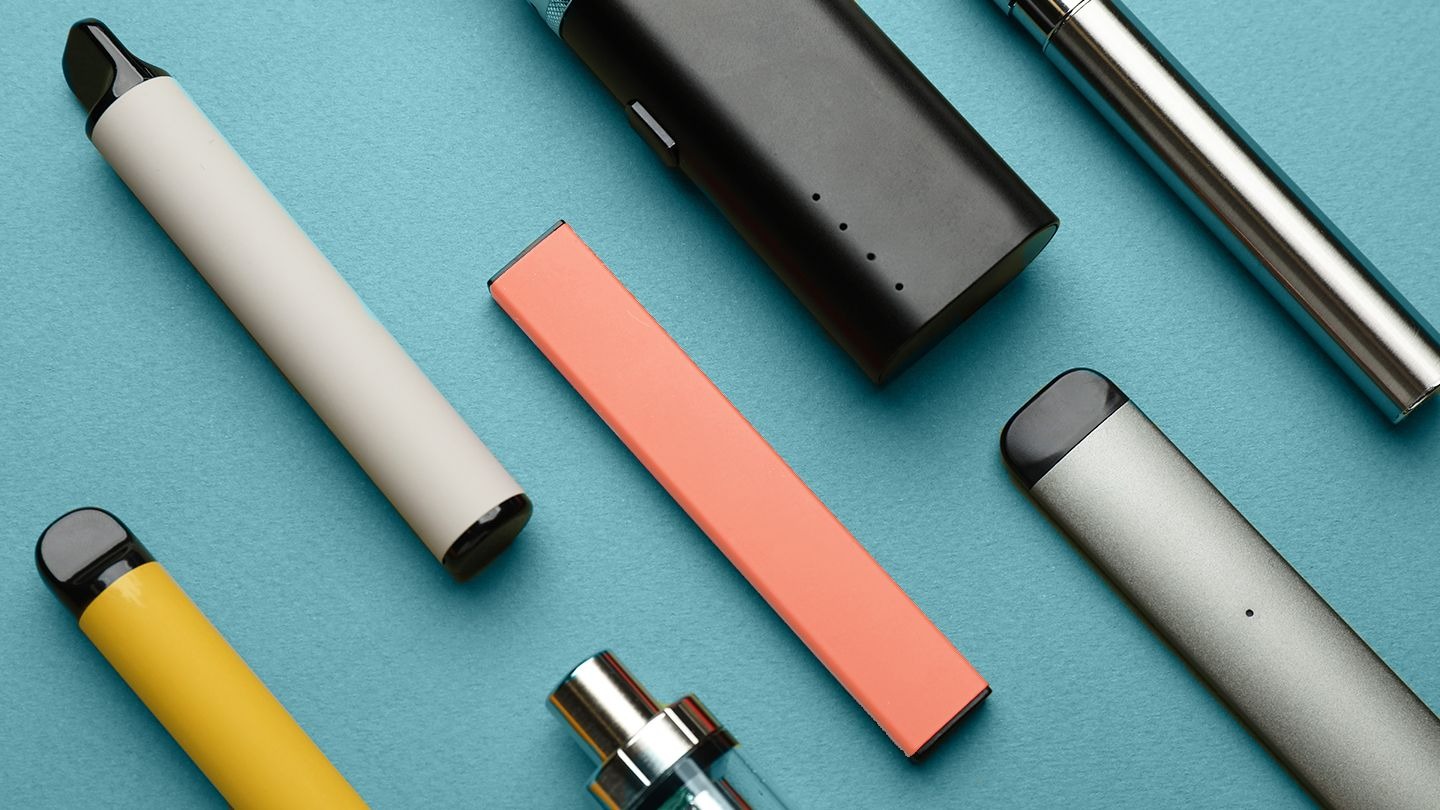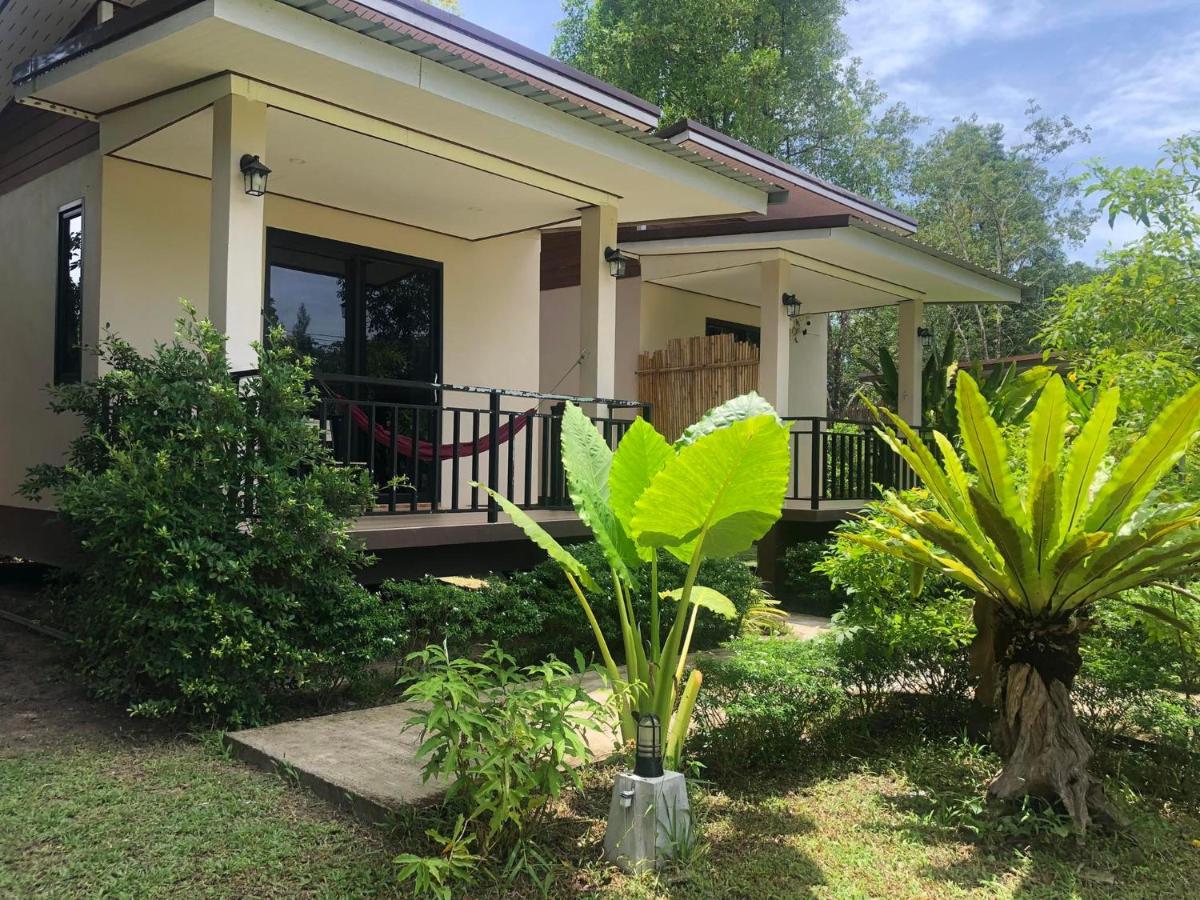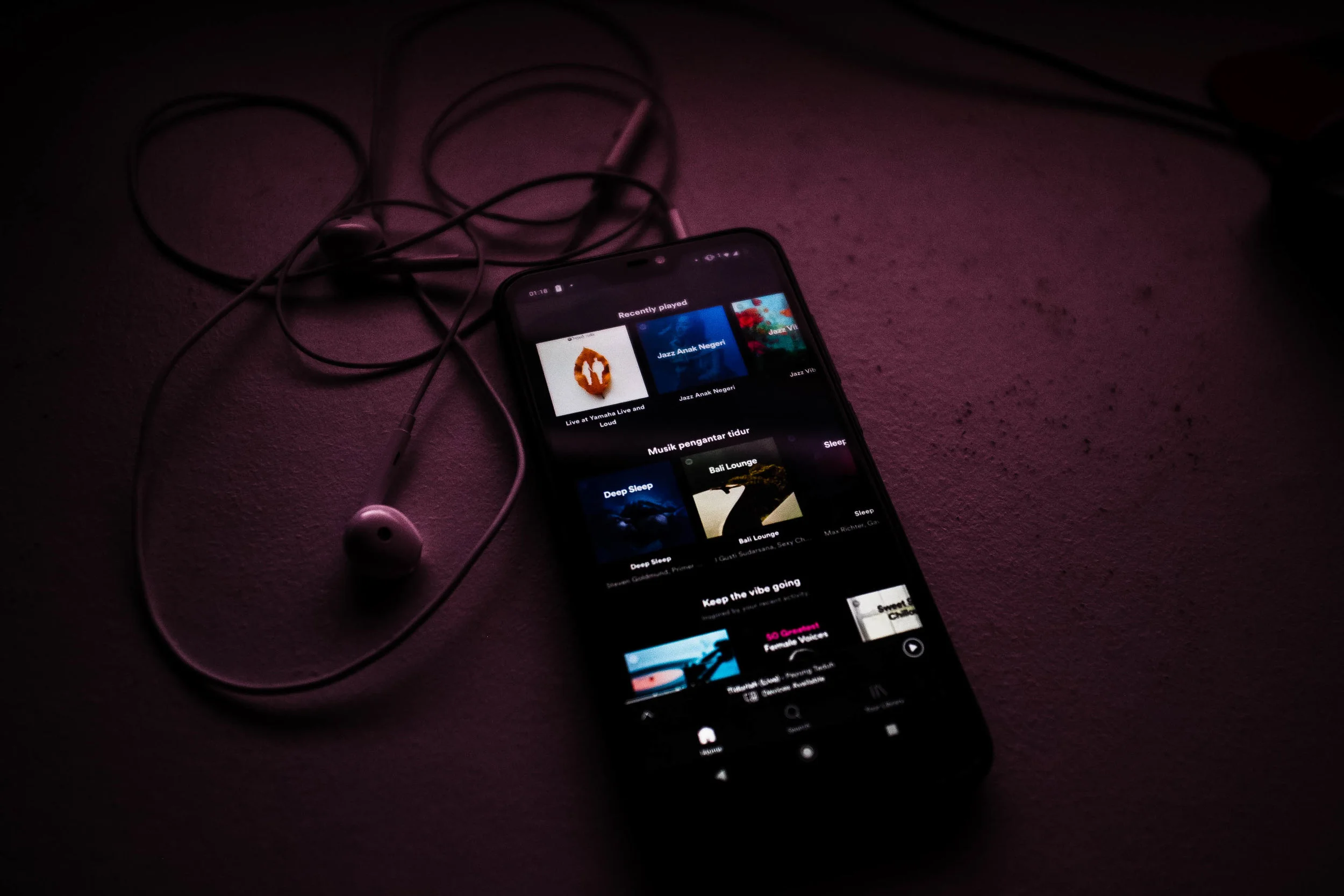Understanding Remote Health Monitoring
Remote health monitoring has emerged as a transformative approach in modern healthcare. By using advanced technology to track patient health outside of traditional clinical settings, Remote health monitoring allows healthcare providers to monitor vital signs, manage chronic conditions, and intervene proactively. This approach enhances patient engagement and ensures timely care, reducing hospital readmissions and improving overall patient outcomes.
Key Components of Remote Health Monitoring
Remote health monitoring involves a combination of devices, software, and communication platforms. Wearable devices such as smartwatches, blood pressure monitors, glucose meters, and pulse oximeters collect real-time health data. This information is transmitted securely to healthcare providers through cloud-based platforms, enabling continuous assessment and timely interventions. Telehealth integration further complements remote health monitoring by allowing direct communication between patients and clinicians.
Benefits of Remote Health Monitoring for Patients
Remote health monitoring provides numerous advantages for patients. First, it offers convenience by allowing patients to track their health from home, minimizing the need for frequent hospital visits. Second, it supports early detection of potential health issues, which can prevent complications and improve long-term outcomes. Third, patients gain better control over their health through personalized insights and feedback derived from the data collected via remote health monitoring systems.
Enhancing Chronic Disease Management
Managing chronic diseases like diabetes, hypertension, and heart conditions requires continuous monitoring and timely intervention. Remote health monitoring plays a critical role in chronic disease management by providing real-time data to healthcare providers. For instance, patients with diabetes can monitor glucose levels remotely, and clinicians can adjust treatment plans promptly. Similarly, patients with heart conditions can be tracked for irregular heartbeats, enabling early interventions and reducing emergency hospitalizations.
Improving Clinical Decision-Making
Remote health monitoring enhances clinical decision-making by providing accurate and continuous data. Healthcare providers can analyze trends over time, identify early warning signs, and make informed treatment decisions. This proactive approach ensures that interventions are timely and appropriate, ultimately improving patient outcomes. Furthermore, integrating remote health monitoring data into electronic health records (EHRs) streamlines communication among care teams, fostering coordinated care and reducing medical errors.
Cost-Effectiveness of Remote Health Monitoring
Implementing remote health monitoring solutions can significantly reduce healthcare costs. By preventing complications and hospital readmissions, healthcare systems save on emergency care expenses. Patients also benefit from reduced travel and fewer clinic visits. Additionally, remote health monitoring enables efficient resource allocation, allowing healthcare providers to focus on high-risk patients and optimize clinical workflows without compromising care quality.
Supporting Preventive Healthcare
Remote health monitoring supports a shift from reactive to preventive healthcare. Continuous monitoring allows clinicians to detect early signs of illness before they escalate. Patients can receive tailored recommendations to maintain a healthy lifestyle, such as exercise routines, dietary guidance, and medication adherence reminders. By emphasizing prevention, remote health monitoring improves long-term health outcomes and reduces the burden on healthcare systems.
Integration with Telehealth Services
Telehealth services complement remote health monitoring by providing real-time communication between patients and healthcare providers. Through video consultations, messaging platforms, and mobile apps, clinicians can review data collected from remote health monitoring devices and discuss treatment plans with patients. This integration ensures timely interventions, fosters patient engagement, and strengthens the overall care experience.
Data Security and Privacy in Remote Health Monitoring
Ensuring data security and patient privacy is paramount in remote health monitoring. Advanced encryption, secure cloud storage, and compliance with healthcare regulations such as HIPAA protect sensitive patient information. Patients can confidently use remote health monitoring devices knowing that their data is secure. Providers also benefit from reliable data management, which enhances trust and adherence to care plans.
Future of Remote Health Monitoring
The future of remote health monitoring looks promising, with advancements in artificial intelligence, machine learning, and wearable technology. Predictive analytics will enable healthcare providers to anticipate health issues before they arise, and personalized treatment plans will become increasingly precise. As remote health monitoring continues to evolve, its impact on improving patient outcomes and reshaping healthcare delivery will grow exponentially.
Conclusion
Remote health monitoring is revolutionizing patient care by enabling continuous, real-time health tracking, enhancing chronic disease management, and supporting preventive healthcare. By integrating wearable devices, telehealth platforms, and secure data management, remote health monitoring improves clinical decision-making, reduces healthcare costs, and empowers patients to take control of their health. As technology advances, remote health monitoring will remain a cornerstone of modern healthcare, driving better patient outcomes and a more efficient healthcare system.











Leave a Reply